Gokyo-ChoLa pass - Everest Base Camp trek - 18 Days
-
max altitude 5483 m
-
Group Type 1-12
-
Trip grade Easy
Mainly Three pass called Renjo La -Cho-La and Kongma-La which is going to be very popular this trail for the adventures lover who are pitty much fit &fine and energetic enjoying walking in less croweded with their personal team individuel guide and porters .
The trek through Nepal’s ‘Three Passes’ takes in some of the most exciting and picturesque scenery in the Himalaya. The landscape is varied and spectacular; the lodgings and tracks range from the time-worn paths of the Khumbu, to the isolated and less frequented Renjo Pass region.Sometimes strenuous trekking is continuously rewarded with dramatic Himalayan scenes, including four of the world's eight highest peaks; Cho Oyu(8,201m), Makalu (8,463m), Lhotse (8,516 m) and Everest (8,850m).Time spent admiring breathtaking mountain vistas are complemented by visits to Sherpa villages, homes and monasteries offering you an insight into the quiet but, culturally vibrant Sherpa way of life.
Trip Highlights
- Close up view of Mt.Everest and Khumbu ice fall.
- Sherpa community people, their culture.
- panoramic view of mountains around the whole khumbu valley.
- Amazing view of khumbu region from Gokyo Ri, Gokyo lake.
- Amazing view of Imja valley from chola pass.
- wildlife, geographical and biological diversity.
Outline Itinerary
Day 01 : Arrival in Katmandu, Transfer to hotel.
Day 02 : Kathmandu - Lukla by flight & trek to phakding. (2660m)
Day 03 : Phakding to Namche bazaar. (3440m)
Day 04 : Rest in Namche Bazaar for Acclimitization .
Day 05 : Namche Bazaar to Dole. (4200m)
Day 06 : Dole to Machherma. (4410m)
Day 07 : Machherma to Gokyo. (4750m)
Day 08 : Gokyo to Gokyo Ri (5360m) back to Gokyo.
Day 09 : Gokyo to Thangna. (4700m).
Day 10 : Thangna to Coress the cholapass to Dzongla. (4843m)
Day 11 : Dzongla to Lobuche (4900m)
Day 12 : Lobuche to Gorakshep. (5100m)
Day 13 : Gorakshep to day hike kalapathar back to phereche. (5500m)
Day 14 : Phereche to Namche (3440m)
Day 15 : Namche to Lukla (2800m)
Day 16 : Fly to Kathmandu and Free day
Day 17 : sight seing in Kathmandu
Day 18 : Final Departure.
Full Board Service Details
What's included
- 4 night 3 star hotel in kathmandu
- Flight or local transport to KTM-Lukla-KTM
- Transport: Airport pick up and drop
- English Speaking Government licensed holder Trekking guide
- Assistance Guide and porters
- Foods and Accommodation in T-house lodge ( 3 meals a day with tea, coffee)
- All Nepali staff and porters insurance during the trip
- Flight /local transport
- National Park fee, TIMS Permit
- Airport tax
What's not included
- Lunch & Dinner during Kathmandu stay
- Personal trekking warm clothes, sleeping bag
- High risk medical insurance
- International air ticket.
- Alcohol , beverages & telephone calls
- Emergency rescue evacuation if needed.
- Tips (end of the trip) for your trekking staff and porters.
- If bad weather and other natural disasters circumstance makes your trip longer than our estimate itinerary and the cost will be extra!
Trip Map
Detail Itinerary
Day 01: Arrive at Kathmandu (1,345m)
- Details:
- Arrive at Tribhuvan International Airport in Kathmandu.
- Transfer to your hotel and rest.
- Meet your guide and team, briefing about the trek.
- If time permits, explore local markets or restaurants.
Day 02: Kathmandu Heritage Valley Sightseeing
- Details:
- Visit UNESCO-listed heritage sites: Swayambhunath (Monkey Temple), Pashupatinath Temple, Boudhanath Stupa, and Durbar Square.
- Evening trek briefing and preparation for the upcoming journey.
Day 03: Kathmandu to Lukla (2,860m) - Trek to Phakding (2,656m)
- Flight: 30-minute flight from Kathmandu to Lukla.
- Trekking Duration: 3-4 hours
- Details:
- Upon arrival at Lukla, begin your trek to Phakding.
- Cross bridges over the Dudh Koshi River and pass through Sherpa villages.
- Overnight in a teahouse in Phakding.
Day 04: Phakding to Namche Bazaar (3,450m)
- Trekking Duration: 6-7 hours
- Details:
- Trek to Namche Bazaar, a key town and gateway to the Everest region.
- Pass through dense forests of pine, rhododendron, and cross suspension bridges.
- Enjoy the first views of the Himalayas.
- Overnight in Namche Bazaar, a bustling Sherpa market town.
Day 05: Acclimatization at Namche Bazaar
- Details:
- Spend the day acclimatizing to the altitude.
- Take a short trek to Everest View Hotel for panoramic views of Everest, Lhotse, Ama Dablam, and other peaks.
- Explore the local market and visit the Sherpa museum or monastery.
- Rest and hydrate.
Day 06: Namche Bazaar to Thame (3,820m)
- Trekking Duration: 5-6 hours
- Details:
- Trek to Thame, a beautiful village known for its monasteries and stunning views.
- Pass through small Sherpa settlements and forests.
- Overnight in Thame.
Day 07: Thame to Langden (4,380m)
- Trekking Duration: 5-6 hours
- Details:
- Trek to Langden, a quieter spot with impressive views of the surrounding mountains.
- Ascend gradually, gaining altitude while keeping the pace manageable.
- Overnight in Langden.
Day 08: Langden to Cross Renjo La (5,360m) – Overnight at Gokyo (4,790m)
- Trekking Duration: 6-7 hours
- Details:
- Early morning ascent to Renjo La Pass (5,360m).
- Enjoy the stunning views from the pass, including Mount Everest, Makalu, and Cho Oyu.
- After crossing the pass, descend to Gokyo Valley.
- Overnight at Gokyo, by its picturesque lakes.
Day 09: Gokyo Rest Day (Optional)
- Details:
- Rest day for acclimatization and exploration.
- Option to visit Gokyo Ri for an amazing panoramic view of the Everest range.
- Relax, hydrate, and prepare for the next leg of the trek.
Day 10: Gokyo to Dragnak (4,700m)
- Trekking Duration: 3-4 hours
- Details:
- Short trek from Gokyo to Dragnak.
- Enjoy the scenic beauty of the Gokyo Lakes.
- Overnight at Dragnak.
Day 11: Dragnak to Cross Cho La Pass (5,420m) – Overnight at Dzongla (4,830m)
- Trekking Duration: 6-7 hours
- Details:
- Cross the challenging Cho La Pass (5,420m), which offers amazing views of the surrounding peaks.
- After crossing the pass, descend to Dzongla.
- Overnight in Dzongla, a small settlement with mountain views.
Day 12: Dzongla to Lobuche (4,930m)
- Trekking Duration: 4-5 hours
- Details:
- Trek to Lobuche, passing through rocky terrain and glaciers.
- Acclimatization continues as you approach the higher altitudes.
- Overnight at Lobuche.
Day 13: Lobuche to Everest Base Camp (5,364m) – Overnight at Gorak Shep (5,164m)
- Trekking Duration: 7-8 hours
- Details:
- Trek from Lobuche to Everest Base Camp, passing through rocky paths and the Khumbu Glacier.
- Enjoy a brief visit to the Base Camp and celebrate your achievement.
- Continue to Gorak Shep for an overnight stay.
Day 14: Trek to Kalapathar (5,545m) – Return to Lobuche
- Trekking Duration: 5-6 hours
- Details:
- Early morning ascent to Kalapathar for the iconic sunrise views of Mount Everest and the surrounding peaks.
- Return to Lobuche for overnight rest.
Day 15: Lobuche to Cross Kongma La (5,535m) – Overnight at Chukung (4,730m)
- Trekking Duration: 7-8 hours
- Details:
- Cross Kongma La Pass, a challenging and scenic pass with panoramic views of the Himalayan range.
- After the descent, reach Chukung for an overnight stay.
Day 16: Chukung to Tengboche (3,860m)
- Trekking Duration: 5-6 hours
- Details:
- Trek to Tengboche, home to the famous Tengboche Monastery.
- Enjoy the beautiful views of Everest, Ama Dablam, and other surrounding peaks.
- Overnight in Tengboche.
Day 17: Tengboche to Namche Bazaar (3,440m)
- Trekking Duration: 5-6 hours
- Details:
- Trek down through dense forests and past picturesque villages to Namche Bazaar.
- Enjoy the evening at Namche, exploring the market or resting.
Day 18: Namche Bazaar to Phakding or Lukla
- Trekking Duration: 4-6 hours
- Details:
- Continue the descent back to Phakding or Lukla.
- Celebrate the completion of your trek in Lukla.
Day 19: Spare Day for Bad Weather or Illness
- Details:
- A buffer day in case of bad weather or delays.
- If all goes smoothly, rest or explore Lukla.
Day 20: Phakding to Lukla
- Trekking Duration: 3-4 hours
- Details:
- Final trek back to Lukla, where you will prepare for the flight back to Kathmandu.
Day 21: Lukla to Kathmandu
- Flight: 30-minute flight from Lukla to Kathmandu.
- Details:
- Arrive back in Kathmandu.
- Transfer to your hotel, rest, and enjoy a farewell dinner.
Trip Video
What is tea house trekking?
Tea house trekking is popular in Himalayan region. Local community run the tea house and lodge. They serve good foods (breakfast, lunch and dinner) these tea houses have good facility with hot water, comfortable rooms with attached bathroom, you can know the local culture, people and tradition and way of living in the trekking route.
What is camping trekking?
Camping trekking is organized and supported with team of professional guide, Sherpa, cook and porters. They accompany you, while trekking porters carry all the logistics like, tents, kitchen accessories, food, and fuel. Trekker should carry his/her minimal personal belongings while trekking.
What is the best time for trekking in Nepal?
The best season for trekking is March to May and September to November, during this period the weather is stable and clear, it is very wonderful time to experience the real Nepal to see the amazing view of mountains, snow caped Himalaya and flora and fauna and culture of local people in the Himalayan region.
How difficult is trekking as I aspect the route?
Trekking is challenging walk in the different altitude, landscape and terrain so it depends on the location and choice of the trekker and the trekking route. There are easy, difficult and extreme treks in the Himalayas. One can choose out of different options of trekking packages provided by the trekking company.
Is there any age limit for trekking in Himalaya?
There is no any age bar in trekking in the Himalaya. We design trek for children, teenager as well as senior citizen. For children and senior citizen we offer short and easy treks like around Kathmandu and pokhara valley. For adult and teenager we offer moderate and extreme trek.
Is trekking permit required?
Yes, you need trekking permit while trekking. Depending on the trekking area you require special permit like restricted area, for other you need conservation / National park entry permit and TIMS (Tourism information management system) card.
How can I book the trekking package?
First you need to log in to our web site HimalyanEcstasyNepal.com; you can get further information in our web site about booking the trekking package. If you are already in Nepal then you can visit our head office in Thamel in front of Kathmandu Guest House. Then we can arrange your trekking package according to your choice.
What type of insurance should I have to do before coming Nepal? Is there insurance facility there?
You should do your insurance from your respective country, which covers your risk, emergency evacuation by helicopter, medical treatment and other possible risks. Here is no policy as such.
Is it possible to communicate to my family while trekking?
You can have easy access to communication but in remote areas we use satellite phone. So communication won't be an issue.
What should be the criteria for physical fitness to trek in Nepal?
The trekker should have general physical fitness, some experience of hiking, should not have any chronic disease, cardio respiratory diseases etc.
Can I trek in the Himalayas of Nepal without prior trekking experience?
Yes you can trek without experience, but you should acclimatize first, have good health, we guide you according to your need, you can do difficult and extreme treks.
Is it necessary to use guide and porter while on trek in Nepal?
It is highly recommended as guide knows the route very well, and communication with local people is easier with guide. Security is the major issue.
Does HEN arrange domestic and international flights and booking hotels?
Yes HEN arrange domestic and international flights and book hotels, we serve this service to our costumers only.
What is the standard of water, sanitation and fooding and lodging while trekking?
As trekking is done in different landscape and trails, those routes are far away from pollution. Water here is drinkable but taking into consideration of our client's health and hygiene we provide mineral water which is purified and filtered. We provide standard and healthy foods. We provide best and comfortable lodging service available in trekking route.
Can I trek without porter and guide?
Yes you can trek without guide, but we suggest you not to trek without guide, due to security reason. Communication with local people, and trek route topography and weather as well as natural disaster are the challenges; if you go with guide it would be more comfortable for you.
How can I avoid blisters?
Shoe and socks should be comfortable, select right size, thick sole and matter of inner sole. If you have sweating feet then you have to change your socks frequently keep your feet clean and dry. You should carry blister prevention tape; skin tape can be helpful.
Do I need trekking pole?
Yes you do need trekking pole, it helps you save energy in high ascend and descend, if you have weak hips and knees and it helps to reduce the strain.
How will you help me if I suffer from altitude sickness or accident ?
Depending on the seriousness of the accident we provide first aid if not then company can arrange the evacuation operation to the nearest medical facility and in case of any emergency company could bring you to Kathmandu.
Where to stay during trekking?
You stay in local lodge or tea house; they have basic facilities like food, accommodation for sleeping and hot safe drinking water. Your guide helps you to accommodate in good lodge or tea house while trekking.
What is the guide's qualification who guides us?
We have government certified and experienced guide who can speak English very well, have good experience of trekking route and have good sense of humor, have knowledge to describe the local culture and community, biodiversity and flora and fauna.
What is the guides and porters safety and about their insurance?
We do insurance for guide and porters, we provide first aid kit for our staff's medicine, and provide emergency rescue. We are always conscious about the health and safety of guide and porters.
Is there tipping compulsory for guides and porters?
Tipping is not necessary for HEN staffs, although tipping for guide and staff is good practice, porter and guide expect tip, your tip helps their family.
How to avoid motion sickness ?
While trekking or driving you may feel motion sickness, vomiting there may be many reason, due to curves and the altitude complete different terrain and topography. Drink enough water while trekking, take lemon pieces, chew ginger or you can use motion-sickness tablets, such as Dramamine. You should not be worry about motion sickness, it is self treatable and get rid of it .
Trekking equipment
- XL /M size Duffle Bag
- Rucksack (40ltr-55ltr)
- Down Jacket
- Water proof Jacket
- Jumper or pile jacket
- Hiking shirts
- Hiking pants
- T-shirts
- Full –Sleeves shirts
- Sun hat
- Personal towel
- Sleeping bag – 200 above (3/4 season)
- Camp shoes
- Rain poncho or Umbrella(if you are summer travel)
- Plastics for cover your personal bag when gets rain
- Polypropylene /wool socks
- Water bottle
- Flash light
- Batteries and bulbs
- Medical& First-aid kit
- Swiss army knife
- Sewing kit
- Light weight fleece jacket
- Wool long under wear
- Light cotton socks for under wools socks
- Woolen socks to wear with boots
- Mountain trekking boots/ water prove shoes
- Insulated pants
- Nylon wind stopper
- Nylon wind pants
- Long under ware
- Woolen hat
- Gloves /fleece/mitten
- Gaiters
- Goggles or sunglass UV protected
- Sun block
Toiletries
- Camera /memory stucks
- 1 medium sized quick drying towel
- Toothbrush/paste (preferably biodegradable)
- Multipurpose soap (preferably biodegradable)
- Deodorant
- Nail clippers
- Face and body moisturizer
- Feminine hygiene products
- lip balls/ sun creams UV protect
- Mosquito protect creams (required only summer)
- Personal your nature things
Our Best Selling
Our collection of the most best selling packages in 2025-
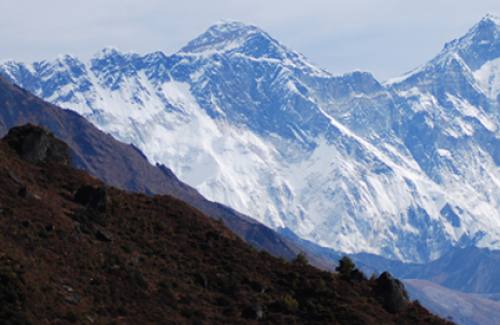
Everest Base Camp Trek
EBC Trek- Duration 17 Days
The Everest Base Camp is the adventure of a lifetime…
-
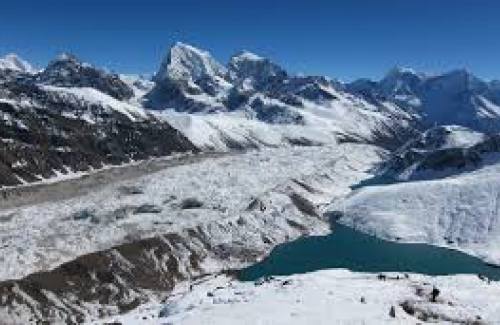
Chola Everest Base Camp Trek
- Duration 18 Days
Everest basecamp via Gokyo Chola pass trek is adventerous trekking…
-
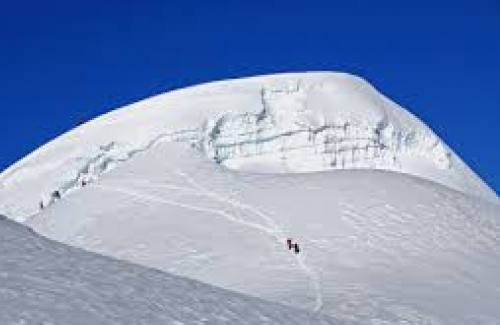
-
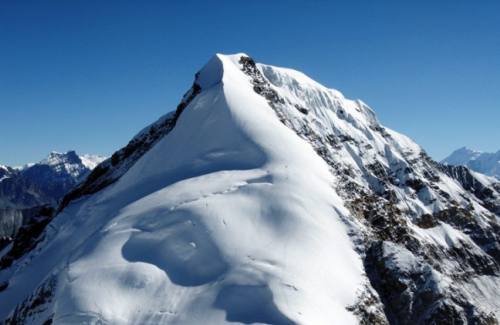
Chulu East Peak climbing
- Duration 5 Days
Chulu East is part of the Annapurna Himalayan range, within…
-
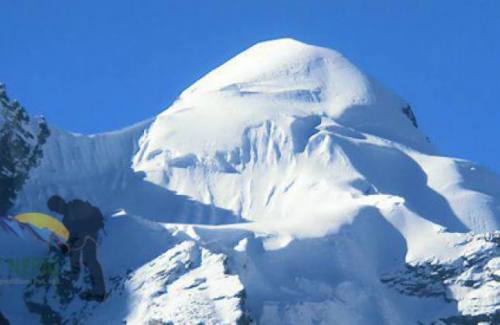
Naya Kanga (Gyanja La peak)
- Duration 17 Days
Naya Kanga (5844m) is shapely mountain rising to the west…
-
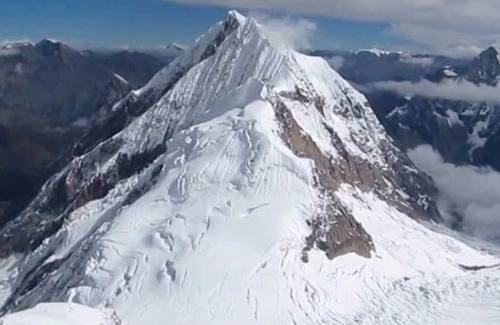
Manaslu Expedition
- Duration 56 Days
Manaslu (8,163 meters/26,781 feet) is the eighth-highest mountain in the…
-
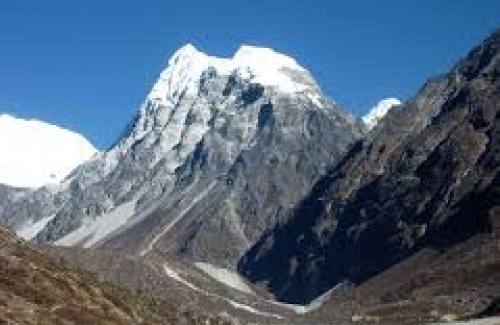
Baruntse Expedition
- Duration 33 Days
The potential for climbing "east of Everest" was first recognised…
-
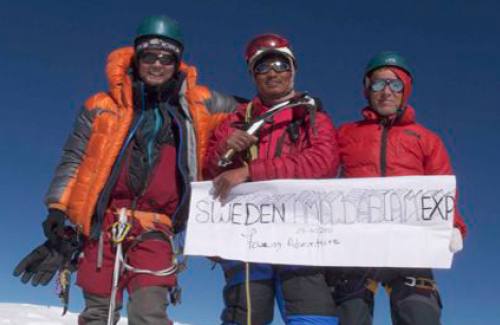
-
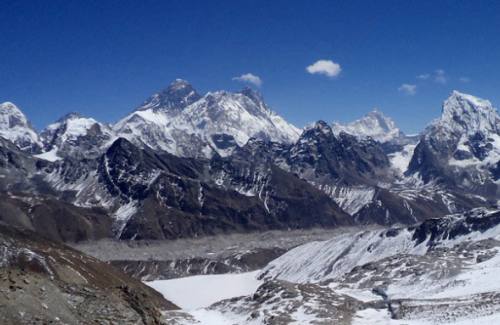
-
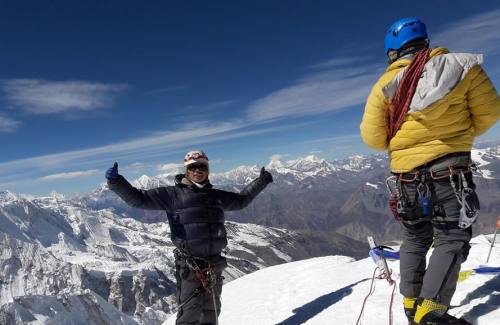
Himlung Himal Expedition
- Duration 30 Days
Himlung Himal, standing at 7,126m, is a popular climbing peak…
AFFILIATIONS
We are proud to join.





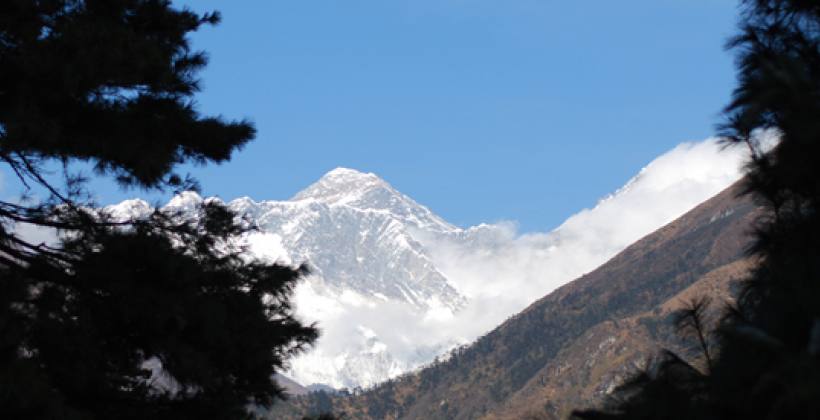
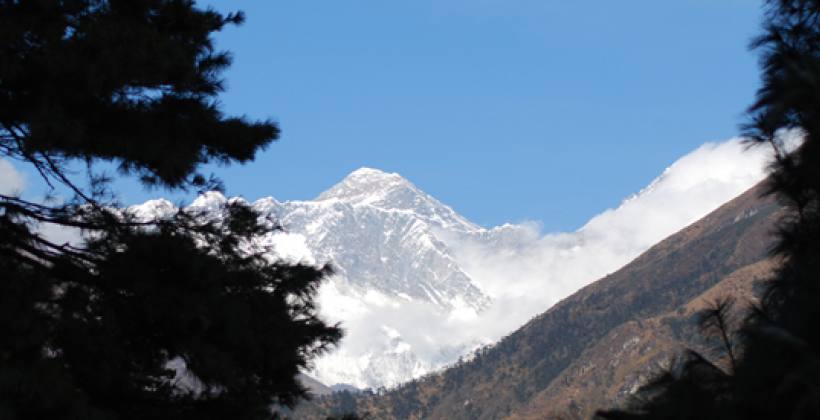
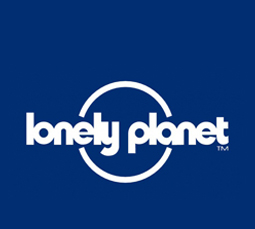
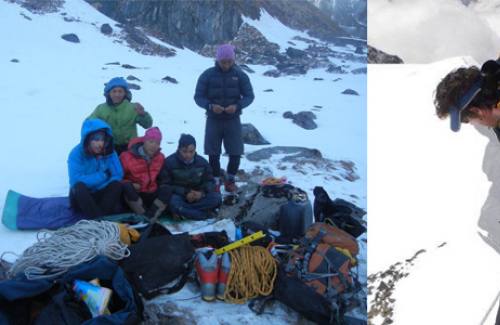
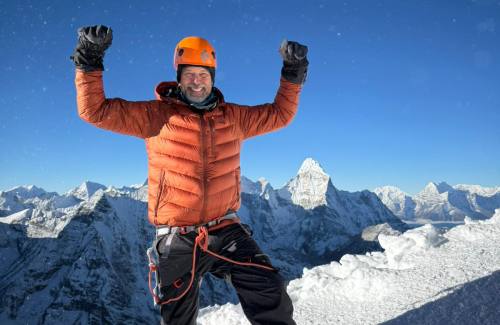
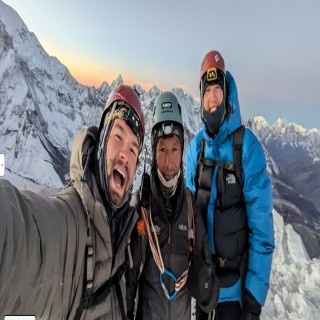

.jpg)

